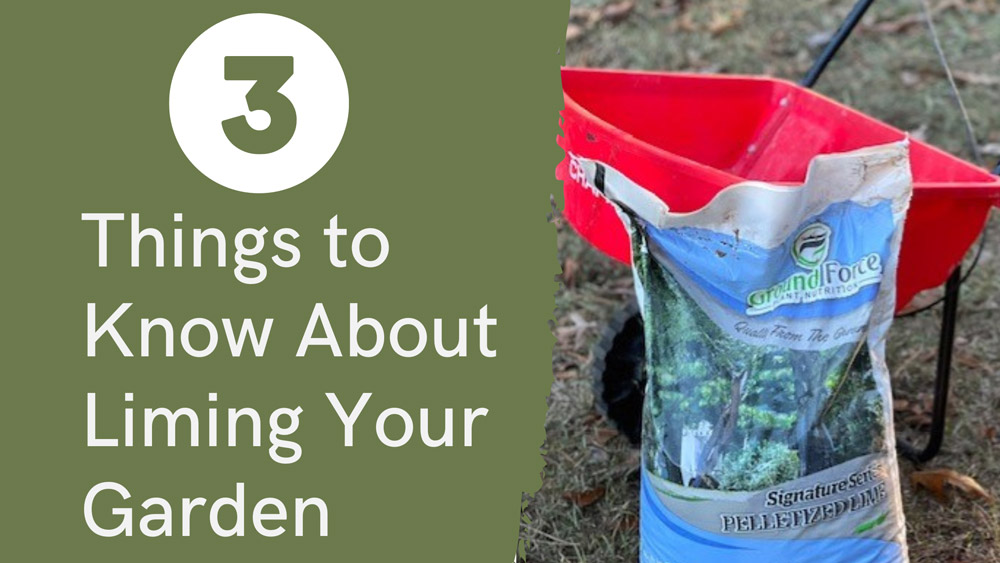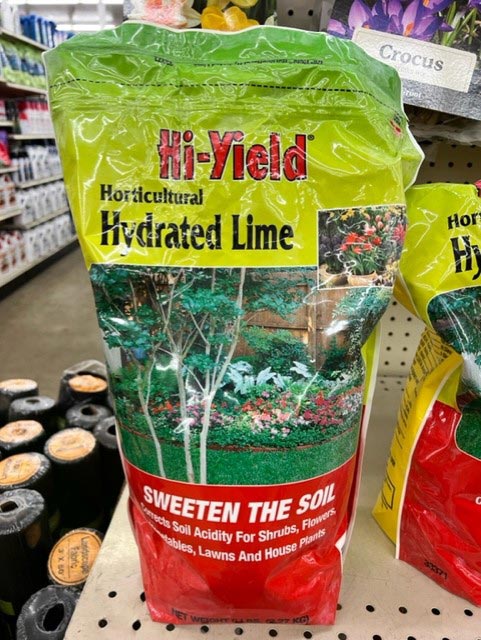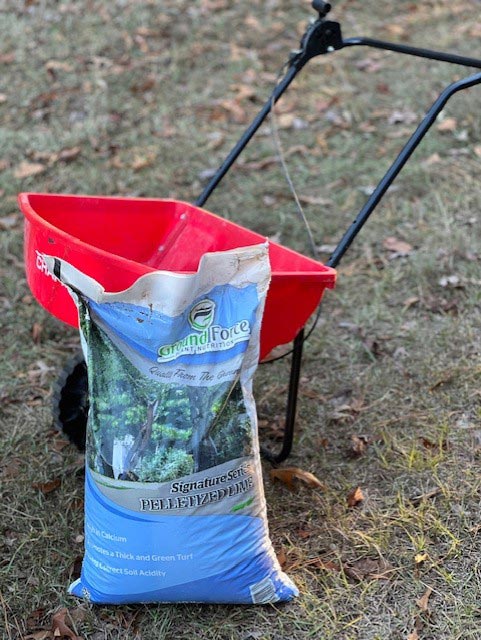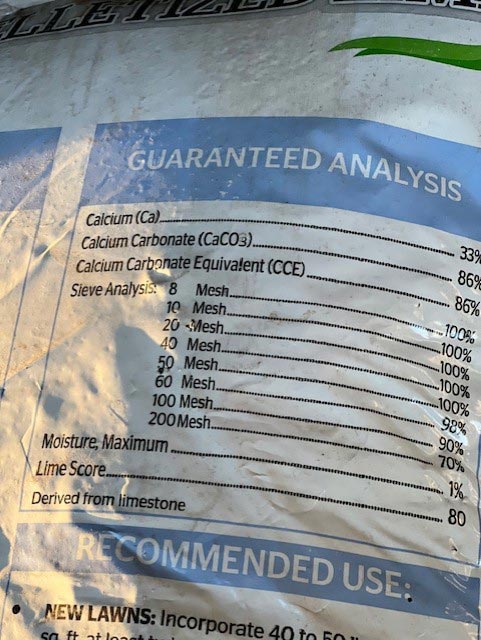Self-Sufficient U Blog
Contact
Clark County Extension Service
Amy Simpson, Horticulture
Cindy Ham, 4-H and Ag
JoAnn Vann, Family & Consumer Sciences
Phone: 870-246-2281
Email: clark-arkadelphia@uada.edu
Follow us on
Facebook
Clark County
Cooperative Extension Service
640 S 6th Street Suite B
Arkadelphia, AR 71923

3 Things to Know About Liming Your Garden
In my Four Ways to Grow a Bountiful Arkansas Garden blog from earlier in the year, one of the things I discussed was how to pull a soil sample for testing.
As county agents, when gardeners or producers come to us unhappy with how their gardens or hay fields are producing, the first thing we are going to suggest is taking a soil sample to send off to our lab in Marianna. Watch this video on how to correctly take a soil sample.
Having those soil test results will help you fine-tune your fertility program specifically for the soil in your growing area. Most people think it's important because following the soils test recommendations guarantees your plants are receiving enough nutrients to yield well. However, it is equally important because it will also keep you from over-fertilizing.
Over-fertilizing would waste money and could increase some of your soil nutrients to “above optimum” levels, which is not good for the environment. Fertilizing your garden is a good thing, but just like with everything else, too much of anything can turn in to a bad thing.
1. Why is liming your soil important?
Lime is used to neutralize soil acidity, making nutrients like calcium, phosphorus, and potassium more available to the plant. Even if you regularly fertilize your garden with a nitrogen, phosphorus, and potassium fertilizer like 13-13-13, if your soil is acidic, your plants will not be able to utilize those nutrients efficiently.
Are all Arkansas soils acidic? No, but it’s estimated that at least 50% of Arkansas lawns have acidic soil. If you make assumptions that gardens are in the same area as most lawns, you can assume that 50% of our in-ground gardens also have naturally acidic soils.
The pH scale ranges from 0-14, with 7 being neutral. Any pH below 7 is considered acidic, and pH’s above 7 are alkaline.
Most soil test reports for Clark County that have come across my desk have had an acidic pH, except for soil tests taken around the community of Okolona. There is a lot of limestone in the soils around Okolona, and I have seen pH’s greater that 8 from that area.
The ideal pH level for a vegetable garden ranges from 5.8-6.8. If your soil tests within that range, then little to no lime will be recommended. If, however, your garden’s soil pH tests as lower than 5.8 you will have a lime recommendation in pounds per 1000 square feet.
2. Why do we recommend soil testing in the fall?
It’s not wrong to soil test during the other seasons of the year but testing in the fall offers several advantages:
- There is usually sufficient moisture in the soil in the fall to make pulling a sample easier.
- It’s generally a slower time in the garden, allowing you more time to get it done.
- If you need to put out lime, applying it in the fall and winter gives it enough time to break down in the soil and raise the pH before the spring growing season.
Learn more about our free soil testing service..
3. How do you apply lime to your garden?

Hydrated lime is in powder form and is best distributed with the use of a drop spreader.

Pelleted lime can usually be found in 40 lb bags and is easily distributed with a walk-behind or hand spreader.

Each bag of lime should list its calcium carbonate equivalent (CCE), which is an indication of its purity.
You can usually find 40 pound bags of pelletized lime at your local farm, hardware, or big box stores. Pelletized lime is the kind that is generally used for gardens because of its ease of use. It is made of crushed limestone that has been “glued” or made into pellets. Because of the fineness of the lime particles within pelletized lime, it will dissolve and react quickly within the soil to raise the pH, so you can typically apply less of it than what is recommended on the soil test report to achieve the same effects. However, the effect may not last from one year to the next, so you may need to lime more often when using it.
Pelletized lime is easily applied using a walk-behind spreader or a hand spreader for small areas. For garden areas or tilled areas it is best to apply pelletized lime and either water it or let rainfall dissolve the pellets (back into powder) before incorporated it into the soil.
Other types of lime include hydrated lime (the powdered kind) and ag lime. Hydrated lime would need to be applied using a drop spreader, and because it is in powdered form and typically has a higher calcium carbonate equivalent (CCE), will react the quickest with the soil to raise the pH. Like with pelletized lime, you can use less hydrated lime than recommended on the soil test report. Ag lime is better suited for larger application areas like for hay fields and contains varying sizes of particles which can provide a “slow release” type of effect where the smaller particles react quickly and the larger particles react more slowly.
For a more in-depth look at differences in liming material, check out our Not All Liming Materials Are Created Equal publication.
Once you have determined how many square feet your garden is, weigh out the amount of lime you will need according to your soil test results.
The Take Home Message
Soil testing and applying lime if needed during the fall is an important action to check off your to-do list. Even if you have adequate levels of nutrients like calcium, phosphorus, and potassium in your soil, nutrient insufficiencies and poor stands can show up in your garden if the pH is not at the appropriate level.
Contact your local Cooperative Extension Service office if you have questions regarding taking a soil sample or understanding your soil test report.